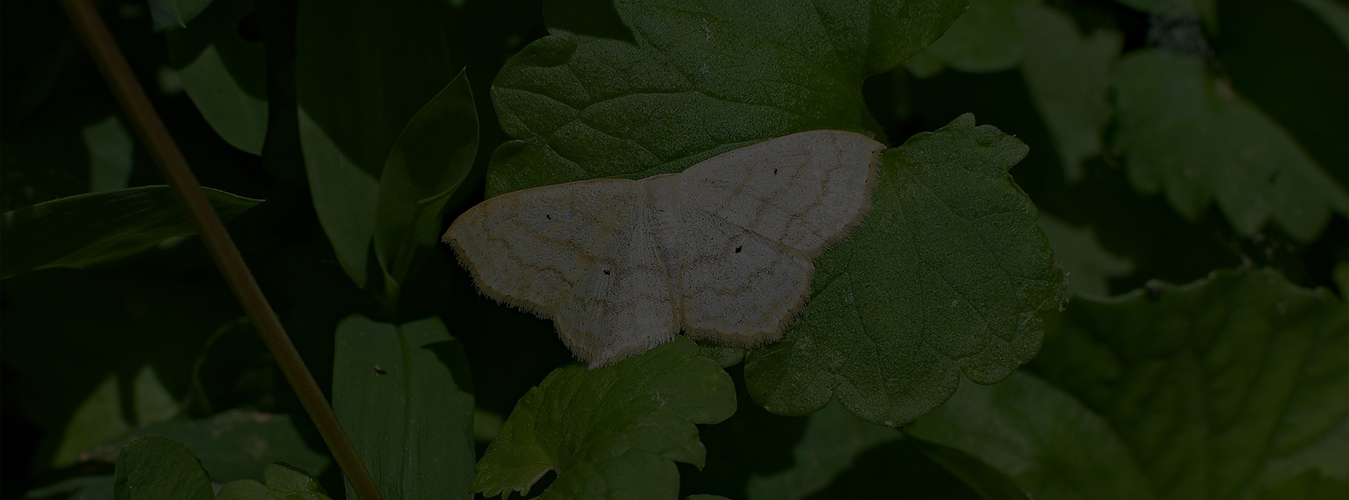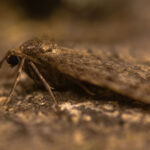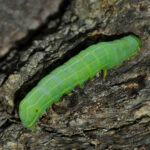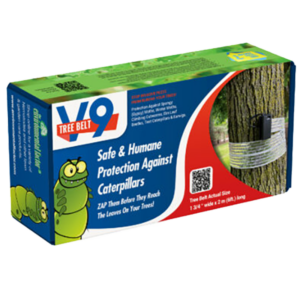Your cart is currently empty!
Damage
Several hardwood trees (such as oak trees and apple trees), ornamental trees, and shrubs can be attacked by winter moths. The caterpillars severely defoliate the trees a nd quickly run out of food. Then, they drop to the ground by the thousands looking for new host plants which cause a nuisance in urban areas. If the trees are attacked over four consecutive years, partial defoliation can cause mortality in infested branches and twigs, and full defoliation may kill the whole tree.






